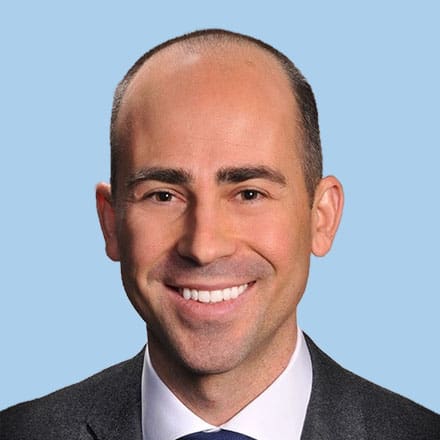Inside Angle
From 3M Health Information Systems
Drivers of clinician burnout and technology’s role as problem solver: From the U.S. to Australia
Three years after my family medicine residency, I was burned out. I didn’t admit to that label at the time, but I wasn’t sleeping well and even had occasional palpitations. I was seeing 20-25 patients per day, rushing from one task to the next, and I felt like I was underperforming in many areas.
So, before my empathy was totally worn down, I decided to take a break and pursue an opportunity I had been eyeing for years. In 2014, I took four months off to pursue the London School of Hygiene and Tropical Medicine’s Diploma in Tropical Medicine and Hygiene conducted in Moshi, Tanzania and Kampala, Uganda. I studied alongside 57 junior doctors from East Africa, Europe, the United Kingdom and Australia.
Throughout the course – mostly over tea breaks – we discussed the differing incentives, structure and stressors of our various health systems. The health workforce is one of the six essential building blocks that is critical for the effective performance of any health system. Health workers ensure patients get diagnosed, medications get administered and essential public health education is disseminated.
The health workforce was stressed before the COVID-19 pandemic, which added fuel to the fire. But each country’s health system, each organization’s culture, and every team has different elements that can hasten – or divert – a clinician’s path to burnout.
The Talking HealthTech 2022 Autumn Summit was an opportunity to explore those differences with classmates of mine – and now close friends – from the DTM&H course. All three are now practicing doctors in the Sydney area in various roles, settings and stages in their career. We discussed the many burdens clinicians carry that distract from patient care and how technology might automate those tasks or at least improve the efficiency with which doctors perform them.
How can we document the clinical story in the electronic health record more quickly and completely? How can we gather all the right information – including imaging reads, laboratory tests and specialist consultations – at the right time to coordinate high-quality patient care?
Clinicians experience burnout differently around the world. But you might be surprised by the overlap of some of the drivers of clinician frustration across international borders and leave with ideas for tech-enabled facilitators of fully productive and sustainable health care careers.
Dr. Travis Bias is a family medicine physician and chief medical officer of clinician solutions at 3M Health Information Systems.


